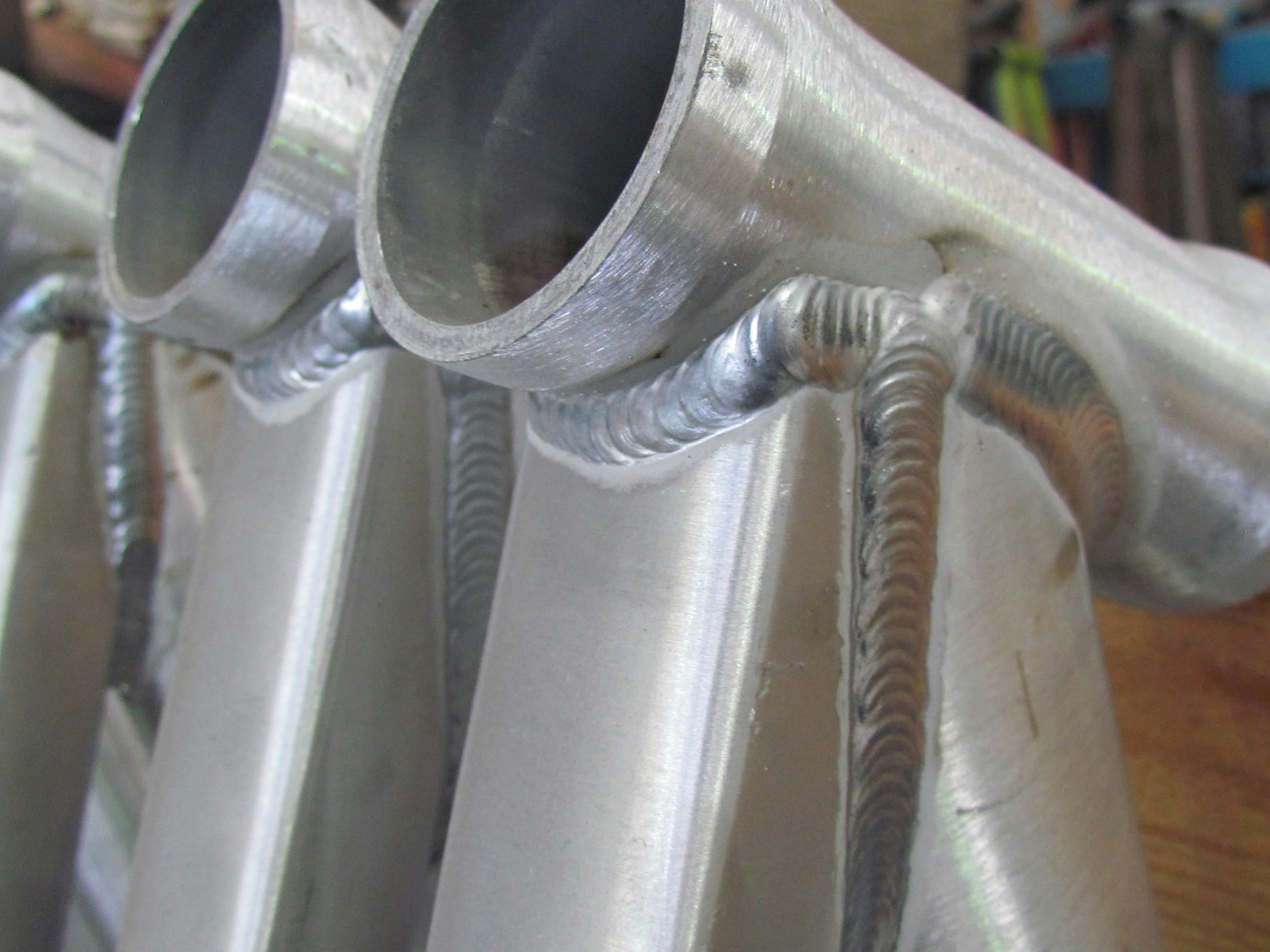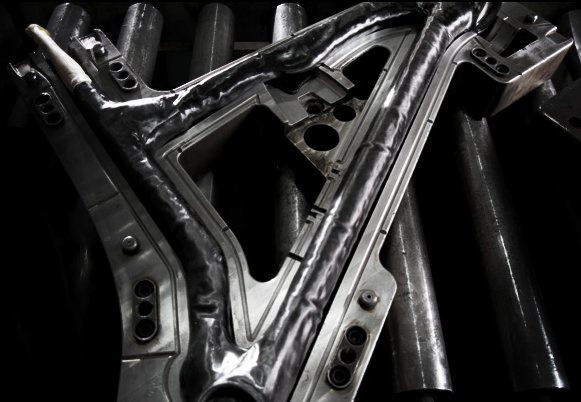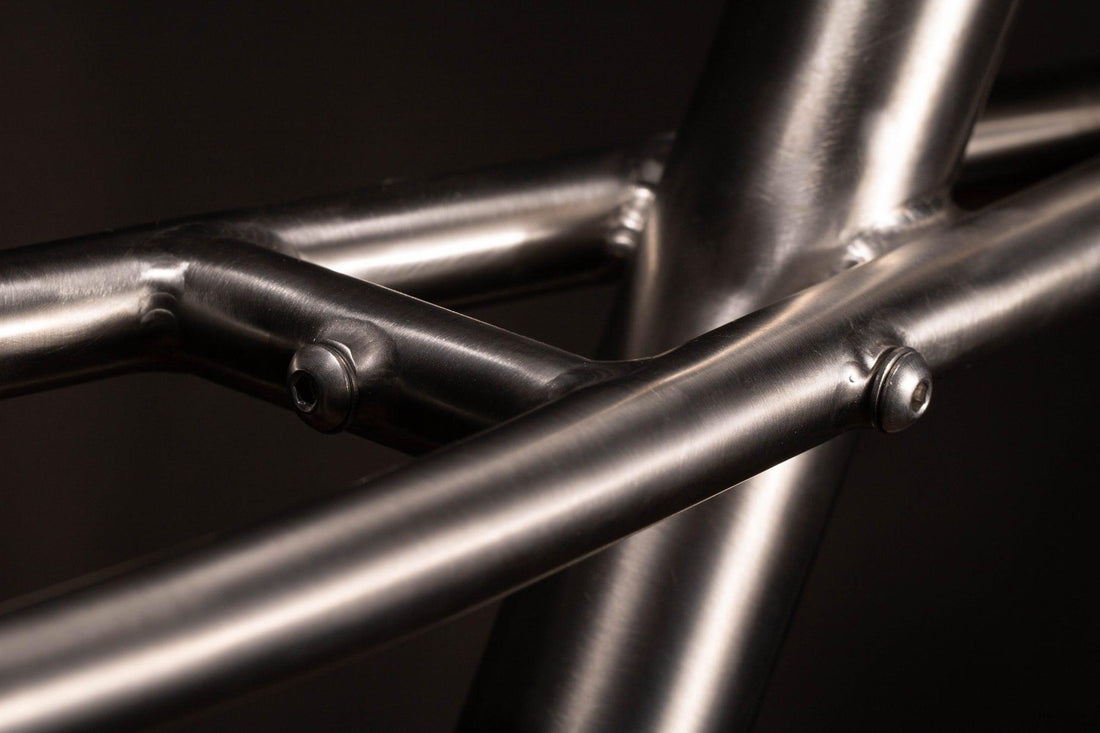Introduction
In the world of cycling, choosing the right frame material is a crucial decision that can influence your riding experience. The most common materials used for bicycle frames are aluminum, steel, carbon fiber, stainless steel, magnesium, and titanium. Each of these materials has its own advantages and disadvantages, and choosing the right one depends on many factors, including the type of riding you plan to do (road, gravel, mountain biking), your budget, and your personal preferences for performance and comfort. In this article, we'll explore each of these materials in detail, focusing on their history, advantages, and disadvantages.
1. Aluminum: The popular choice

Aluminum is one of the most common materials used for bicycle frames. It's lightweight, corrosion-resistant, and relatively affordable, making it a popular choice among many cyclists. However, aluminum also has its drawbacks. It tends to be stiffer than other materials, which can make riding less comfortable on rough terrain. Aluminum also tends to become less rigid over time, which can affect the bike's performance. Furthermore, while aluminum is corrosion-resistant, it can warp or crack under extreme pressure.
2. Steel: The timeless classic

Steel is a material traditionally used for bicycle frames due to its strength and ease of repair . It is renowned for its durability and strength. Steel is also very malleable, meaning it can be shaped to create bicycle frames with complex geometries. It offers less stiffness than aluminum or carbon fiber, resulting in a more comfortable ride, especially over long distances. However, steel is heavier than other materials like aluminum or carbon fiber, which can be a disadvantage for some cyclists. Finally , steel is susceptible to corrosion and must be properly maintained and stored in dry conditions to prevent rust.
3. Carbon: The performance choice

Carbon fiber is a material of choice for high-performance bicycle frames. Professionals for whom durability and price are not important factors favor carbon fiber due to its unparalleled lightness and high stiffness, which allows for excellent power transfer. Its extreme lightness and stiffness make it possible to build very fast and responsive bikes. Carbon fiber can also be molded into almost any shape, allowing for highly aerodynamic frame designs. However, carbon fiber is also the most expensive material used for bicycle frame construction. Furthermore, although carbon fiber is very strong, it can crack or break under severe impact. It is sensitive to ultraviolet radiation and loses its mechanical properties after a few years. It is not recyclable, and the carbon footprint of its production is not optimal.
4. Stainless Steel: The sustainable compromise

Stainless steel is an increasingly popular material for bicycle frames. It offers a good combination of strength, durability, and ride comfort. Stainless steel is also corrosion-resistant, meaning it requires less maintenance than regular steel. However, stainless steel is heavier than aluminum or carbon fiber, and it is also more expensive than regular steel.
5. Magnesium: The (re)newcomer

Magnesium is a relatively new material in bicycle frame manufacturing. It's incredibly lightweight—even lighter than aluminum or carbon fiber—and offers good impact resistance. However, magnesium is also very expensive, and few brands offer magnesium bicycles. Finally, it's less durable than steel or titanium because it oxidizes over time.
6. Titanium: The ultimate
Titanium is considered the material of choice for high-end bicycle frames due to its excellent strength-to-weight ratio. Its use is particularly recommended for long-distance road bikes , but also for gravel bikes. It is used in the aerospace and medical industries. Its "elastic" properties allow for excellent energy return. This facilitates acceleration and also ensures comfort by absorbing road and trail vibrations, naturally providing more comfort and less fatigue over long distances. It is very impact-resistant and offers excellent stiffness, making it a serious competitor to carbon frames. Furthermore, titanium is extremely durable and corrosion-resistant, as it does not oxidize. Therefore, it does not need to be painted or varnished. In addition, it is a fully recyclable material. It is one of the most abundant metals on Earth.
These factors thus limit its ecological impact and carbon footprint.
The lifespan of a titanium bicycle is virtually unlimited.
A scratch on the frame? A quick wipe with a scouring sponge and your frame will look brand new again. It can also be anodized using a particularly environmentally friendly process. In fact, the titanium anodizing process uses only 10 cl of water, 3 g of salt, and electricity. This anodizing process allows you to customize the titanium with different colors and shapes.
However, due to the complexity of their manufacture, titanium frames are generally more expensive than those made of aluminum, steel, or carbon.
Conclusion
Ultimately, the choice of frame material depends on your individual needs and preferences. If you're looking for top performance and the lightest possible weight, carbon fiber might be the best choice. However, if durability and environmental responsibility are important to you, titanium could be the ideal material. This is because titanium is virtually indestructible, and its extraction and processing have a smaller environmental impact than carbon fiber. Furthermore, titanium bikes, like those offered by CYKL, are renowned for their comfortable ride and ability to absorb road vibrations, making them an excellent choice for long rides or rough terrain.

